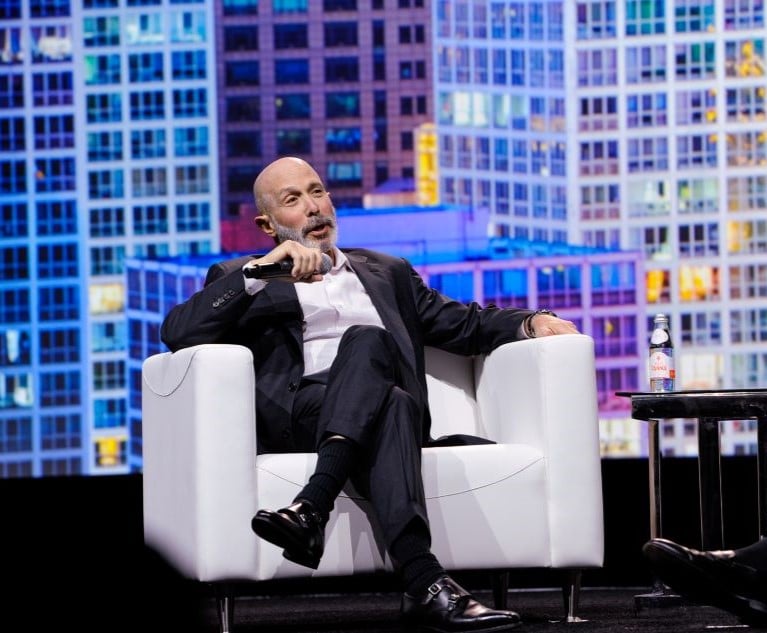Each of us may have a favorite “poor me” story from thiswinter, which seems never-ending, with hundreds ofthousands of people left without power in icy and frigidconditions. But a Missouri family of nine probably takes the prizefor the worst winter property loss nightmare.
|Sometime after the family left home for Florida, a pipe burst onthe top floor of their Missouri home, and 44,000 gallons of watercascaded through the house before service was able to be shutoff. The interior of the house was soaked, with ice oozing outthrough lower floor window frames and siding. Imagine a reverse icedam of sorts. To make matters worse, the homeowners' car brokedown, so they couldn't immediately drive home to check the damage.Moreover, none of them could fly home because yet another winterstorm resulted in a swarm of canceled flights.
|The Missouri ice castle damage is on the far extreme of thedamage that many home and commercial building owners areexperiencing this year. One of the first questions this family willface in seeking insurance coverage is: What caused the pipe toburst? The unendorsed standard homeowners policy (HO-3) coversdamage to both the building and personal property caused by anaccidental discharge or overflow of water or steam from a plumbingdevice: in this case, the pipe. However, the insurance pictureisn't so happy if the family hadn't maintained heat in the homeduring their absence and the pipe froze, causing it to burst andrelease the water.
|This provision in homeowners' policies voids coverage for damageto the building and personal property if heat is not maintained orthe plumbing system drained. Therefore, the Missouri familycould have coverage or not depending on this one fact.
|A Deluge of Coverage Questions
|Although the Missouri damage is just as extreme as this winterhas been, the editors at FC&S Online® are flooded with similar situationseach winter. For example, one agent posed not one, but two,commercial property damage questions:
|We have two insureds for whom we need your opinion onseparate commercial property losses. Both are covered on the ISOcommercial property form, CP 00 10, with special perils, CP 10 30.In the first case, the insured's building (both exterior andinterior) and business personal property sustained loss from “icedamming.” The company adjuster is trying to deny all coverage forexternal damages based on the exclusion for damage from the “weightof ice and snow.” What's your opinion?
|Our second insured is a medical office. These doctors rentthe entire building but occupy only the first floor of a threestory building. During the winter, our insureds turned the heat offin the unoccupied portion of the building. As a result, the pipesin the unoccupied portion froze and burst, causing considerabledamage.
|The insurer is denying all coverage based on the requirementthat the insured must “do [his] best to maintain heat in thebuilding.” We believe that because the insured maintained heat inthe occupied portion, the loss should be covered.
|In the first situation, there should be coverage. The currentedition of the special perils form does not exclude damage causedby snow, rain, ice, or sleet except for personal property that isout in the open. There is, however, a clause in the form'sLimitations section that excludes coverage for damage to abuilding's interior that results from rain, snow, sleet, or ice.There are two exceptions to this limitation:
|There is coverage if the building is first damaged by a coveredcause of loss and that damage permits the rain, snow, sleet, or iceto enter the building, and there also is coverage if the loss ordamage is “caused by or results from thawing of snow, sleet, or iceon the building or structure.” In the case presented, both thebuilding and personal property were damaged, and the damage wascaused not by rain, snow, sleet, or ice but, rather, bythe thawing of ice that had built up under the eaves. Thiscause of loss is covered by the special causes of loss form andshould be paid.
|In the second case, the insurance company is correct. Thestandard commercial property program excludes coverage for damagecaused by freezing of plumbing, heating, air conditioning, or othersuch equipment unless heat is maintained in the building.In this situation the policyholder controlled the entire buildingeven though part of it was not occupied. Since the policyholderturned off the heat in that part of the building, there is nocoverage for the damage.
|These last two questions point out some of the insurance issuesthat the Missouri family will face. They also point out, onceagain, the importance of carefully reading the policy and notrelying on adjusting rules that were learned when an earlier formwas in popular use.
Want to continue reading?
Become a Free PropertyCasualty360 Digital Reader
Your access to unlimited PropertyCasualty360 content isn’t changing.
Once you are an ALM digital member, you’ll receive:
- All PropertyCasualty360.com news coverage, best practices, and in-depth analysis.
- Educational webcasts, resources from industry leaders, and informative newsletters.
- Other award-winning websites including BenefitsPRO.com and ThinkAdvisor.com.
Already have an account? Sign In
© 2024 ALM Global, LLC, All Rights Reserved. Request academic re-use from www.copyright.com. All other uses, submit a request to [email protected]. For more information visit Asset & Logo Licensing.








